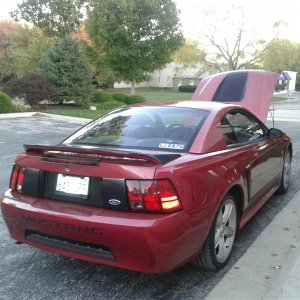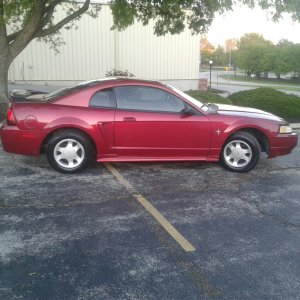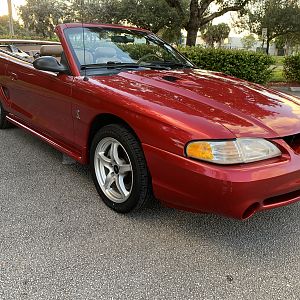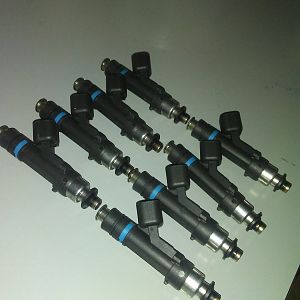NXcoupe
Well-Known Member
- Joined
- Aug 16, 2009
- Messages
- 1,369
- Reaction score
- 80
It doesn't measure temp it measures pressure iirc. Your evap can turn into a block of ice if you have an issue with the amount of freon in the system for one. Most V8 systems on the 5.0 didn't cycle unless they were low on freon. The 4.6's computer controls the compressor cycling it by the pressure switch. The ones that have a temp sensor don't use an orifice, they use a valve that opens and closes by temp.uncltrvlnmatt said:A little long winded explenation but that sums it up. You did forget about the thermostat at the evaporator. The thermostat measures the evaporator temp so that it does not turn into a block of ice. That is why you a/c compressor is always cycling or turning on and off. Also there is a high presure switch that shuts the a/c system down incase of a part failure. The most common high presure problem you will get is the small orifice getting clogged not allowing the R134a to pass through. That is usually caused by the receiver/dryer desicant getting saturated, breaking apart and going through the system.
In my expiriences with working on a/c systems the high side(Hot red gauge) presures are normally in the 180-200psi range and the low side (Cold blue gauge) is in the 60-80psi range.
No one else took the time to explain how it works, I did, long winded or not, it's better than nothing. And long winded is the 40 pages in the auto tech book.








